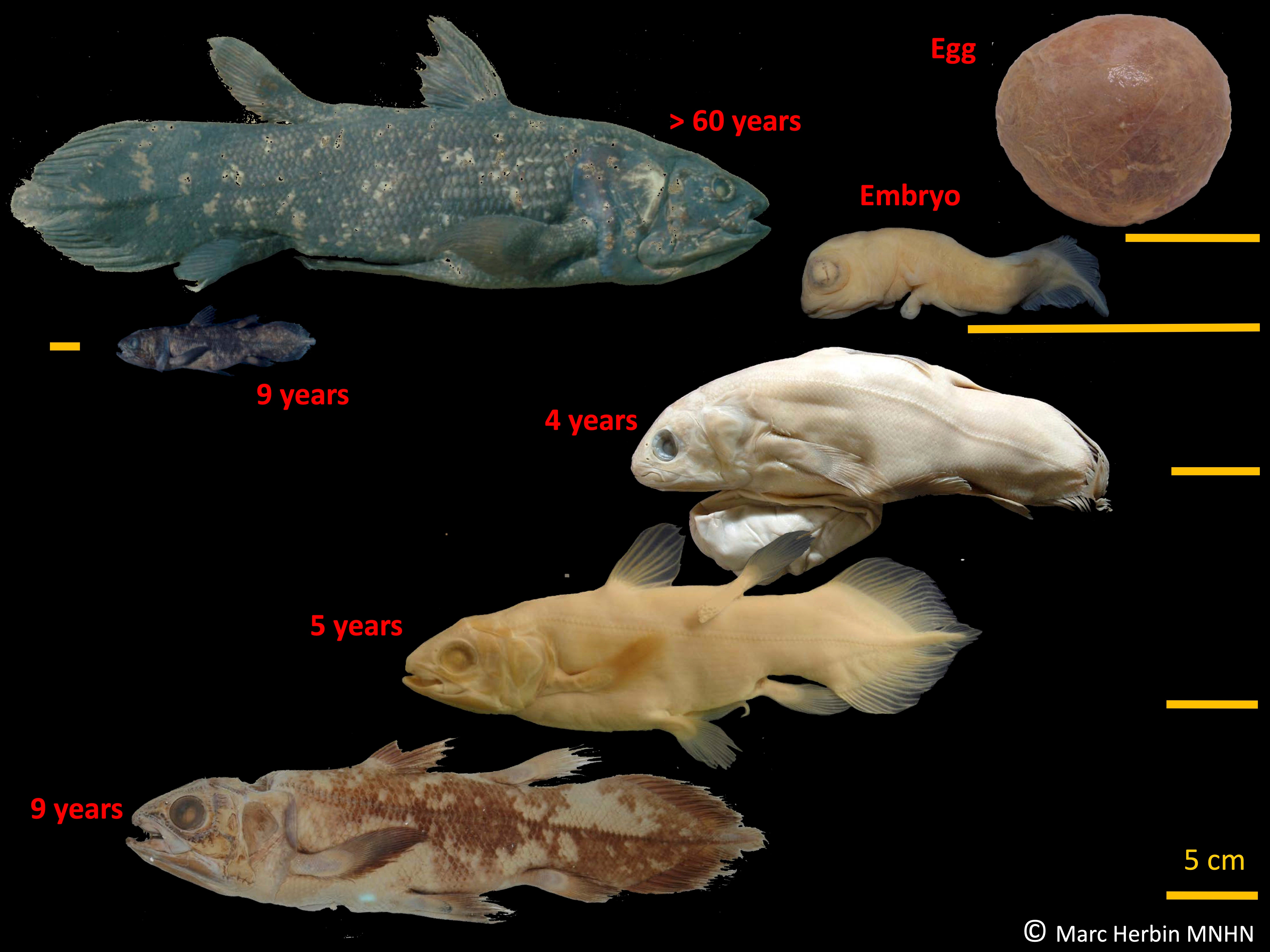Mysterious ‘living fossil’ fish lives for 100 years and is pregnant for 5, study finds
Nocturnal fish grows at an achingly slow pace

Your support helps us to tell the story
From reproductive rights to climate change to Big Tech, The Independent is on the ground when the story is developing. Whether it's investigating the financials of Elon Musk's pro-Trump PAC or producing our latest documentary, 'The A Word', which shines a light on the American women fighting for reproductive rights, we know how important it is to parse out the facts from the messaging.
At such a critical moment in US history, we need reporters on the ground. Your donation allows us to keep sending journalists to speak to both sides of the story.
The Independent is trusted by Americans across the entire political spectrum. And unlike many other quality news outlets, we choose not to lock Americans out of our reporting and analysis with paywalls. We believe quality journalism should be available to everyone, paid for by those who can afford it.
Your support makes all the difference.The coelacanth — a giant weird fish still around from dinosaur times — can live for 100 years, a new study found.
These slow-moving, people-sized fish of the deep, nicknamed a “living fossil,” are the opposite of the live fast, die young mantra. These nocturnal fish grow at an achingly slow pace.
Females don’t hit sexual maturity until their late 50s, the study said, while male coelacanths are sexually mature at 40 to 69 years. And maybe strangest of all, researchers figure pregnancy in the fish lasts about five years.
Coelacanths, which have been around for 400 million years, were thought extinct until they were found alive in 1938 off South Africa Scientists long believed coelacanths live about 20 years. But by applying a standard technique for dating commercial fish, French scientists calculated they actually live close to a century, according to a study in Thursday’s Current Biology.
Coelacanths are so endangered that scientists can only study specimens already caught and dead.
In the past, scientists calculated fish ages by counting big lines on a specific coelacanth scale. But the French scientists found they were missing smaller lines that could only be seen using polarized light — the technique used to figure out the age of commercial fish.
Study co-author Bruno Ernande, a marine evolutionary ecologist at France’s marine research institute, said polarized light revealed five smaller lines for every big one. The researchers concluded the smaller lines better correlated to a year of coelacanth age — and that indicated their oldest specimen was 84 years old.
Using the technique, the scientists studied two embryos and calculated the largest was five years old and the youngest was nine years old. So, Ernande said, they figured pregnancy lasts at least five years in coelacanths, which have live births.
That five-year gestation is “very strange” for fish or any animal, said Scripps Institution of Oceanography’s Harold Walker, who wasn’t part of the research.
Even though coelacanths are unrelated genetically and show wide evolutionary differences, they age slowly like other dwellers of the deep, sharks and rays, Ernande said. “They might have evolved similar life histories because they are sharing similar type habitats,” he said.
___
Follow Seth Borenstein on Twitter at @borenbears.
___
The Associated Press Health and Science Department receives support from the Howard Hughes Medical Institute’s Department of Science Education. The AP is solely responsible for all content.